Premium Only Content
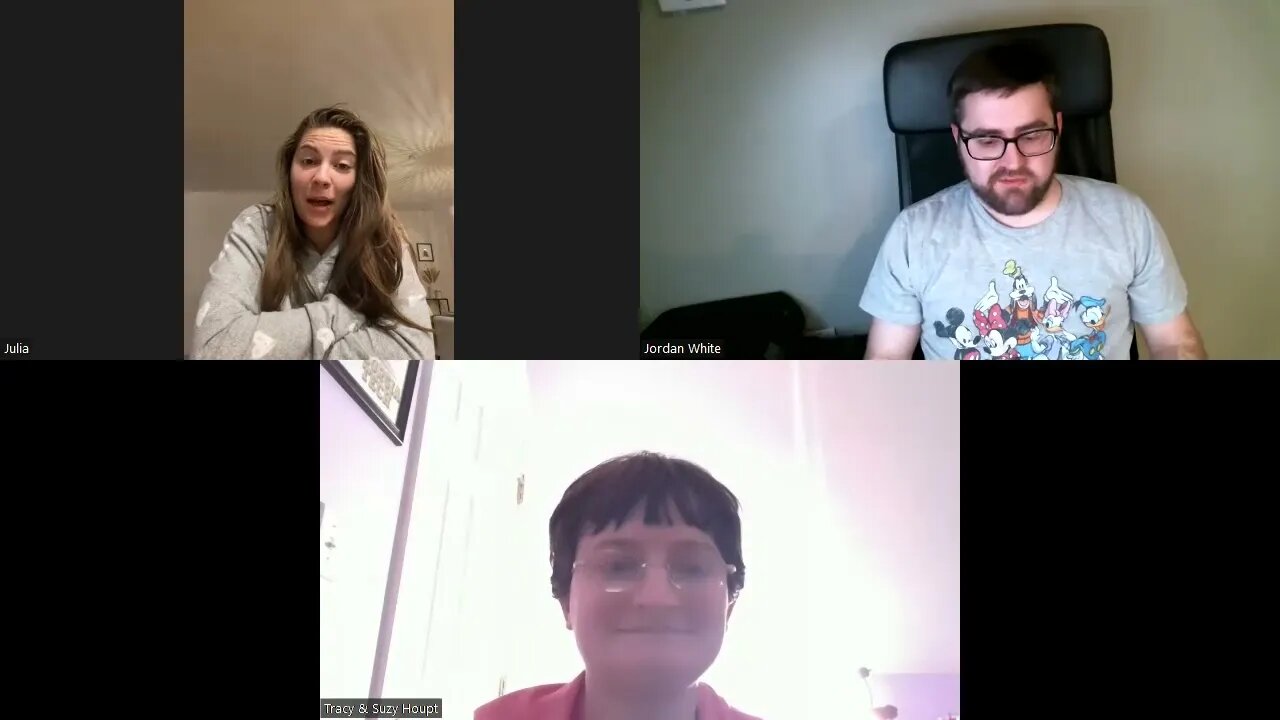
J On The Spectrum - Disney's 100th Anniversary - Back In The Game
The previous episode, the one about Song of the South, is gonna get around to what needs to be kept in or taken out on Friday, so that episode will have to wait for next week. For now, let's do Cinderella.
Disney's 100th anniversary is this year, and to celebrate, I'm going to tell the story of this legendary animation company over a yearlong period.
By 1947, Walt Disney Productions was trying so hard to get by, being in the red and doing compilation films like Melody Time, Fun and Fancy Free, Make Mine Music, and a combo between The Wind in the Willows and The Legend of Sleepy Hollow. Walt didn't have room to expand his imagination, so he needed a Snow White sized hit. He went back to the fairy tale well, and found his favorite fairy tale, Cinderella, and chose it as the basis for his next animated feature, the first proper one in 8 years.
Marking several firsts in Disney's history, this film marks the first time voice actors are credited for playing the characters in the opening, yet they don't specify which characters they play. For the visual design of this film, which is outstanding, by the way, Disney hired Mary Blair to conceptualize the production in a greeting card style. She may have been the first woman in Disney history to have a significant role in how an animated feature from Disney was going to tell its story or how it was gonna look. Happy International Women's Month! Mary Blair would go on to provide visual development for the next 2 Disney animated features. It also marks one of the earliest roles for legendary voice actress June Foray (best known for playing Rocky the Flying Squirrel), where she provided the noises for Lucifer the Cat.
A minimalist style and simplistic character design was used to quicken the production, and the film was shot in live action first so the animators would have something to reference to for the sake of cutting down costs because they could not afford to experiment like the earlier features could. Cinderella cost $2.2 million to make, and premiered in February 1950, and made $7.9 million in its first run, also generating sales in merchandise and music. Since it cost so much, Walt Disney turned to producing live action features to keep his animation business afloat because animation at that time still cost more than live action.
Walt Disney also began to gain interest in the emerging new medium known as television, which was taking the post-war first world by storm. He put out his first TV special on NBC, One Hour in Wonderland, which aired Christmas Day 1950. It was the first time Walt Disney would appear on television, debuting the mustachioed, business-suit wearing, larger than life persona that we see him as today. It would also be a vehicle to help promote his next movie.
Next week, Alice in Wonderland.
-
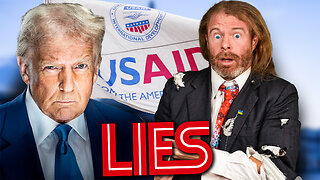 LIVE
LIVE
Awaken With JP
4 hours agoUSAID Bombshell - Things Will Never Be The Same - LIES Ep 77
4,084 watching -
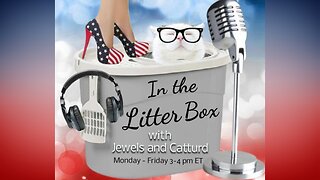 LIVE
LIVE
In The Litter Box w/ Jewels & Catturd
22 hours agoGov. Trudeau Agrees to Terms | In the Litter Box w/ Jewels & Catturd – Ep. 734 – 2/4/2025
5,046 watching -
 1:21:03
1:21:03
Russell Brand
2 hours agoBREAK BREAD EP. 13 - WESLEY HUFF
15.2K4 -
 2:08:22
2:08:22
The Quartering
4 hours ago20,000 Feds QUIT, DOGE Workers Lives At Risk, Trump Vs Dept Of Education, Brie Larson Based & More
31.1K35 -
 DVR
DVR
vivafrei
17 hours agoLive with Enrique Tarrio! Jan. 6 Lawfare ON STEROIDS! Proud Boys & Beyond!
46.7K22 -
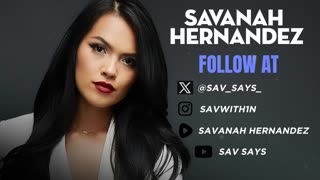 UPCOMING
UPCOMING
Savanah Hernandez
55 minutes agoEl Salvador offers to take in U.S. prisoners while Elon’s autists take on the deep state
382 -
 7:12
7:12
Tactical Advisor
3 hours agoBudget 2011 That Uses Glock Mags?! | Fusion Firearms 2025
214 -
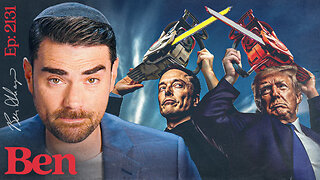 58:19
58:19
Ben Shapiro
3 hours agoEp. 2131 - Trump and Musk Bring The CHAINSAW
46.3K32 -
 1:12:31
1:12:31
Russell Brand
4 hours agoTrump’s Trade Wars: Power Plays and Global Repercussions – SF531
69.9K36 -
 29:57
29:57
The Finance Hub
1 hour agoBREAKING: DONALD TRUMP JR. JUST DROPPED A MAJOR BOMBSHELL!!!
1.05K10